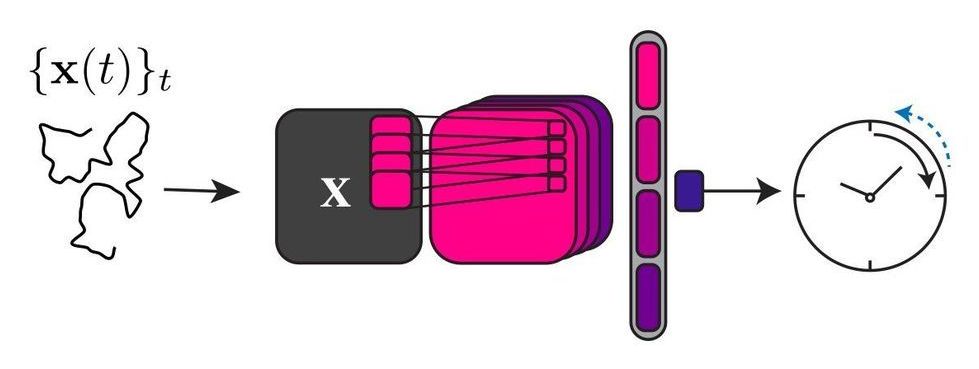The second law of thermodynamics delineates an asymmetry in how physical systems evolve over time, known as the arrow of time. In macroscopic systems, this asymmetry has a clear direction (e.g., one can easily notice if a video showing a system’s evolution over time is being played normally or backward).
In the microscopic world, however, this direction is not always apparent. In fact, fluctuations in microscopic systems can lead to clear violations of the second law of thermodynamics, causing the arrow of time to become blurry and less defined. As a result, when watching a video of a microscopic process, it can be difficult, if not impossible, to determine whether it is being played normally or backwards.
Researchers at University of Maryland developed a machine learning algorithm that can infer the direction of the thermodynamic arrow of time in both macroscopic and microscopic processes. This algorithm, presented in a paper published in Nature Physics, could ultimately help to uncover new physical principles related to thermodynamics.
